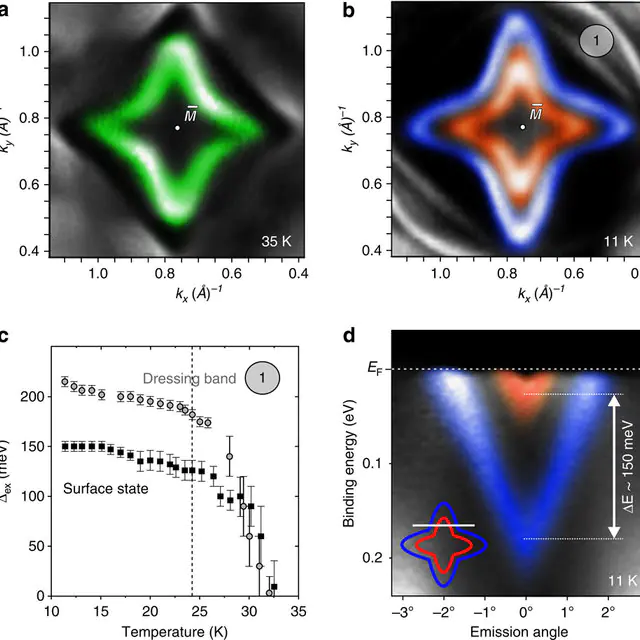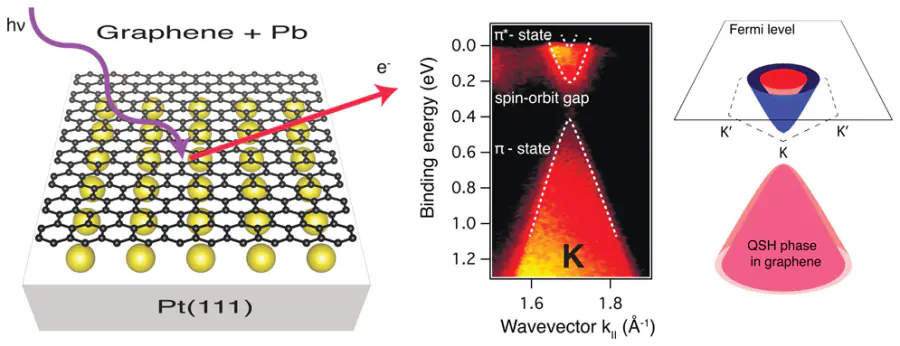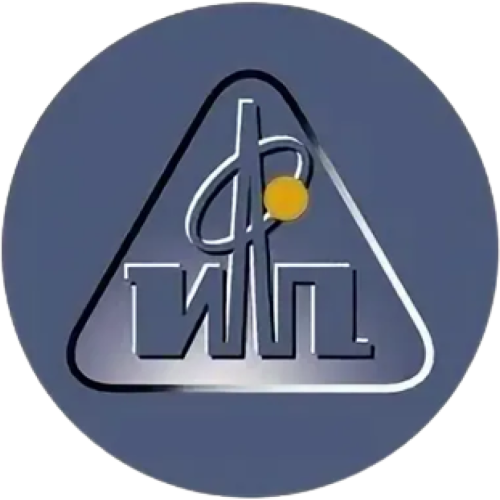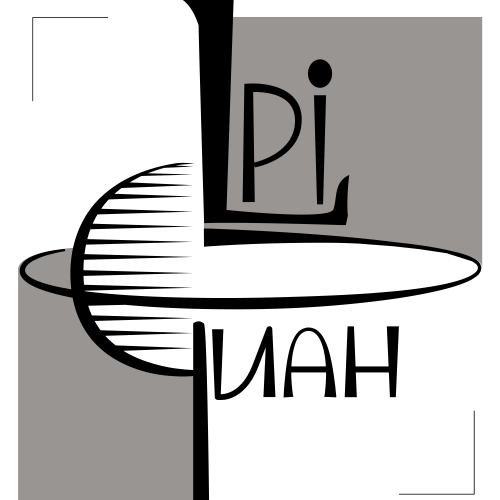Laboratory of Photoelectron Spectroscopy of Quantum Functional Materials
Publications
22
Citations
258
h-index
9
Authorization required.
The laboratory studies the electronic and spin structure of new materials for post-silicon electronics and quantum computing, such as topological insulators, superconductors, graphene and other 2D systems, antiferromagnets.
- XPS spectroscopy
- FASUR spectroscopy
- Magnetic force microscopy
- Scanning tunneling microscopy
Alexander Frolov
Head of Laboratory
Kirill Bokai
Senior Researcher

Ilya Klimovskikh
Researcher
ANTON SERGEEV
Engineer

Nadezhda Vladimirova
Junior researcher
Mark Naumov
Junior researcher
Arseniy Naumov
Student
Evgeniy Ponamarev
Student
Research directions
Ferro- and antiferromagnetic, as well as superconducting 4f compounds
+

Compounds of rare earth elements are of great applied importance, including the use of such materials as sources of a permanent magnetic field in energy generators and electric motors, for information storage, as well as in electronics and spintronics. A huge amount of work is devoted to the study of the unusual properties of 4f materials in terms of their volume, while the processes occurring at the interface are actually neglected. Meanwhile, the properties of the surface and interfaces can differ greatly from the bulk properties of materials, and this should be taken into account when creating new functional structures of nanometer dimensions. The research is aimed at understanding how the electronic structure and behavior of magnetic moments near surfaces and interfaces are determined, depending on the characteristics of the materials forming the interface.
Graphene-containing and other 2D systems
+

Currently, there is a significant number of works devoted to the study of the features of the electronic structure of graphene in the Dirac point region and the creation of electronic and spin devices based on graphene. At the same time, the use of graphene as an active element of electronics, spintronics and quantum computing is still very limited due to the need to modify the electronic structure of graphene. It has recently been shown that graphene contacts with magnetic and/or heavy metals lead to the formation of unique features in the electronic and spin texture, which allows for the realization of a whole set of effects (quantum anomalous and spin Hall effects, spin-torc effect, etc.). In this regard, the task of the laboratory is to study the electronic and spin structure of graphene in contact with various materials, as well as grown on various substrates, including semiconductor ones (for example, SiC-6H) with the prospect of prototyping devices. In addition, such promising two-dimensional systems as black phosphorus and ultrathin Bi films exhibiting topological properties will be studied.
Magnetic and non-magnetic topological insulators
+

Topological insulators (TI) attract interest due to the features of the electronic structure and a number of new physical effects recently discovered for these objects. Due to spin polarization and topological protection of surface states, TI is a very efficient system for applications in spintronics and quantum computers. The recent discovery of the phase of an intrinsic magnetic topological insulator in materials based on (Mn(Bi,Sb)2Te4)((Bi,Sb)2Te3)n, as well as EuSn2As2, made it possible to combine magnetism and topology in one compound and observe the quantum anomalous Hall effect at sufficiently high temperatures. Such materials are bulk ferromagnets or antiferromagnets, depending on stoichiometry and alloying. Dozens of device prototypes have already been theoretically proposed based on the data of materials and the observed unique effects. However, for the effective use of magnetic topological insulators in devices, it is necessary to solve a number of problems. The possibility of using topologically protected states in superconducting qubit technology is of great interest. It is predicted that, under conditions of induced superconductivity, the surface of the surface of a topological insulator may contain fermions of the Majorana type, which will have non-Abelian statistics. At the same time, qubits based on such states are considered as protected from local sources of decoherence, therefore, the experimental implementation of such a system is an important research task.
Publications and patents
Found
Nothing found, try to update filter.
Александр Михайлович Шикин, Анна Алексеевна Рыбкина, Артем Геннадиевич Рыбкин, Илья Игоревич Климовских, Пётр Николаевич Скирдков
RU2677564C1,
2019
2022
—
2025
| Климовских Илья Игоревич
Lab address
Долгопрудный, Институтский переулок, 9
Authorization required.











